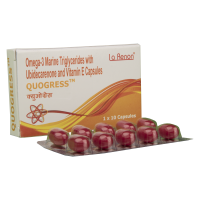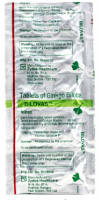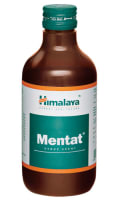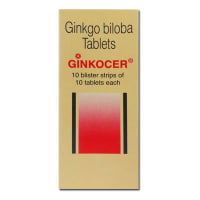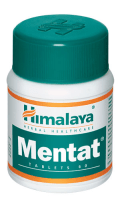USED FOR:
Local anesthesia (Numb tissues in a specific area)
COMPOSITION:
Dibucaine (1.1%)
Therapeutic Uses:
pain analgesics

No interaction found

WEIGH RISKS VS BENEFITS
Otogesic 1.1% Ear Drop may be unsafe to use during pregnancy.Animal studies have shown adverse effects on the foetus, however, there are limited human studies. The benefits from use in pregnant women may be acceptable despite the risk. Please consult your doctor.

Otogesic 1.1% Ear Drop is probably safe to use during lactation. Limited human data suggests that the drug does not represent a significant risk to the baby.

Otogesic 1.1% Ear Drop may cause side effects which could affect your ability to drive.

There is limited information available on the use of Otogesic 1.1% Ear Drop in patients with kidney disease. Please consult your doctor.

There is limited information available on the use of Otogesic 1.1% Ear Drop in patients with liver disease. Please consult your doctor.
Uses of Otogesic Ear Drop
Otogesic 1.1% Ear Drop is used for local anesthesia.
How to use Otogesic Ear Drop
This medicine is for external use only.Take it in the dose and duration as advised by your doctor. Check the label for directions before use. Hold the dropper close to the eye/ear without touching it. Gently squeeze the dropper and place the medicine inside the lower eyelid or ear. Wipe off extra liquid.
How Otogesic Ear Drop works
Otogesic 1.1% Ear Drop works by blocking pain signals from the nerves to brain which decreases the sensation of pain.
Common Palpitations, Increased sensitivity to light, Chest pain, Contact dermatitis, Diarrhoea, Eye irritation, Skin irritation.
Expert advice for Otogesic Ear Drop
Avoid prolonged use. Always follow label instructions or instructions of your doctor regarding use of dibucaine ointment.
In patients with hemorrhoids, stop use of dibucaine and contact your doctor immediately if you notice bleeding from anus (rectal bleeding).
Contact your doctor if your symptoms do not improve after 7 days of treatment with dibucaine, or if you notice redness, irritation, swelling, bleeding, or any new symptoms.
Do not use dibucaine ointment in children aged below 2 years.
Avoid exposing affected areas to sunlight or tanning beds after applying dibucaine ointment. Wear protective clothing or use sunscreens for protection.
Dibucaine ointment is meant for external use only. Avoid contact with eyes. Wash thoroughly with water in case of accidental contact.
Do not use dibucaine on open wounds, dry, chapped or irritated skin.
Before applying dibucaine, wash the skin thoroughly with soap and water and pat dry gently with a soft cloth or tissue.
You may cover the treated skin with a light dressing (light bandage or gauze). Avoid dressings that do not allow air to pass through it (occlusive dressings) such as plastic wraps.
Do consult your doctor before using dibucaine, if you are pregnant or planning to become pregnant or breastfeeding.
Q. Is Otogesic available over the counter?
Otogesic ointments may be available as over the counter
Q. How to use Otogesic ointment?
Otogesic ointment should be applied on the affected area 3 to 4 times daily or as advised by your doctor. Before applying Otogesic, wash the skin thoroughly with soap and water and pat dry gently with a soft cloth or tissue. You may cover the treated skin with a light dressing (light bandage or gauze). Avoid dressings that do not allow air to pass through it (occlusive dressings) such as plastic wraps. Do not use Otogesic on open wounds, dry, chapped or irritated skin. Please follow your doctor's advice or instructions provided with the product regarding use.


 Otogesic 1.1% Ear Drop
Otogesic 1.1% Ear Drop  Bookmark
Bookmark
